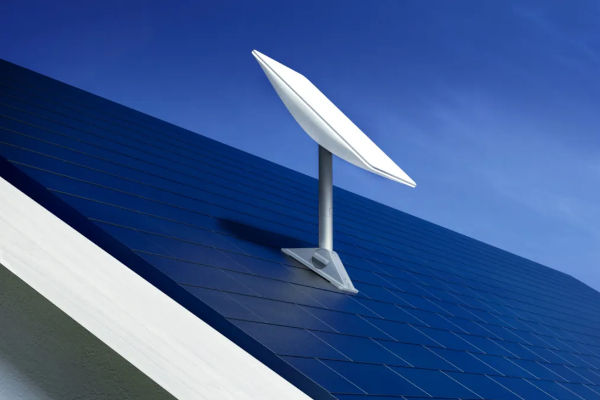Qualcomm, today has announced a new generation of its Snapdragon chipsets for affordable smartphones. Dubbed the Snapdragon 4 Gen 2, the new chipset represents a refresh in Qualcomm’s portfolio for lower-end devices.

According to Qualcomm, the new chipset brings fast CPU speeds, 5G connectivity, and the new potential for an upgraded photo experience in integrated cameras.
As for technical details, the new Qualcomm’s budget SoC brings Kryo CPU, with peak speeds up to 2.2 GHz, which is a slight increase from the previous generation. There’s a significant detail about charging because the new SoC brings support for Quick Charge technology.
According to the company’s engineers, this will provide a 50 percent charge of the battery in just 15 minutes. No specific battery capacity was given, but even with this provided info, we have insight into how the charging will perform.
The new chipset platform supports FHD+ displays with frame rates up to 120fps. Of course, this does not necessarily mean that every future budget phone will support such displays, but it just gives the opportunity to phone manufacturers to take advantage of it.
Also, Snapdragon 4 Gen 2 allows some camera upgrades. For example, electronic image stabilization, faster autofocus, and enhanced blur reduction. The new Soc also provides multi-camera temporal filtering (MCTF) for a drastic reduction in noise in video recording. There are also AI-based lighting adjustments for taking photos in low light conditions, as well as an AI-based background noise removal tool.
Snapdragon 4 Gen 2 is processed in a 4nm node, which in start makes it competitive in terms of providing performance and better energy efficiency at the same time.
Qualcomm Snapdragon 4 Gen 2 Specifications
- 2 x Kryo Prime CPU (A78-based) at up to 2.2GHz, 6 x Kryo Efficiency CPUs (A55-based) at up to 2GHz
- TSMC 4nm 4nm 4LPX process technology
- Built-in Qualcomm Snapdragon X61 5G modem-RF system
- Download speeds of up to 2.5 Gbps (5G), 800 Mbps (LTE), Uplink: Up to 900 Mbps (5G), 210 Mbps (LTE)
- Sub-6 GHz, standalone (SA) and nonstandalone (NSA) modes, FDD, TDD Dynamic Spectrum Sharing, Sub-6 GHz: 100 MHz bandwidth,
4×4 MIMO, Qualcomm 5G PowerSave, Qualcomm Smart Transmit technology, Qualcomm Wideband Envelope Tracking, Qualcomm AI-Enhanced Signal Boost, Global 5G multi-SIM - Qualcomm Adreno GPU, OpenGL ES 3.2, OpenCL 2.0 FP, Vulkan 1.1
- H.264 (AVC), H.265 (HEVC), VP9 playback
- Low Power Audio Subsystem, Qualcomm cVc Echo Cancelling and
Noise Suppression (ECNS), Snapdragon Voice Activation Total Harmonic Distortion + Noise (THD+N), Playback: -108dB, Hi-Fi Audio with up to 384 kHz/32-bit, Qualcomm Aqstic smart speaker amplifier, Qualcomm Aqstic audio codec - Up to 16 MP + 16 MP dual camera with 30 FPS Zero Shutter Lag, Up to 32 MP single camera with 30 FPS Zero Shutter Lag, Up to 108 MP Photo Capture, Qualcomm Spectra Image Signal Processor, Dual 12-bit ISPs, 1080p Single Video Capture @ 60 FPS, 1080p dual video capture @ 30 FPS, Slow-mo Video Capture at 720p @ 120FPS
- On-Device Display Support: FHD+ / HD+ @ 120Hz
- Qualcomm Hexagon Tensor, Hexagon Vector eXtensions (HVX), Hexagon Scalar Accelerator
- LPDDR4X memory up to 2133 MHz, LPDDR5X memory up to 3200 MHz, UFS 3.1 2-Lane storage
- Integrated 2×2 Wi-Fi 5 mobile connectivity chipset, Support for Bluetooth 5.1 and WPA3 Security
- GPS, GLONASS, BeiDou, Calileo, NavIC, QZSS, Dual Frequency GNSS (L1/L5)
- USB 3.2 Gen 1, USB-C
- Qualcomm Quick Charge 4+ technology
Availability
The Snapdragon 4 Gen 2 will power devices launching in the second half of 2023 starting with Redmi and vivo phones. Xiaomi’s Redmi 11R is said to be the first phone to be powered by the SoC.
































